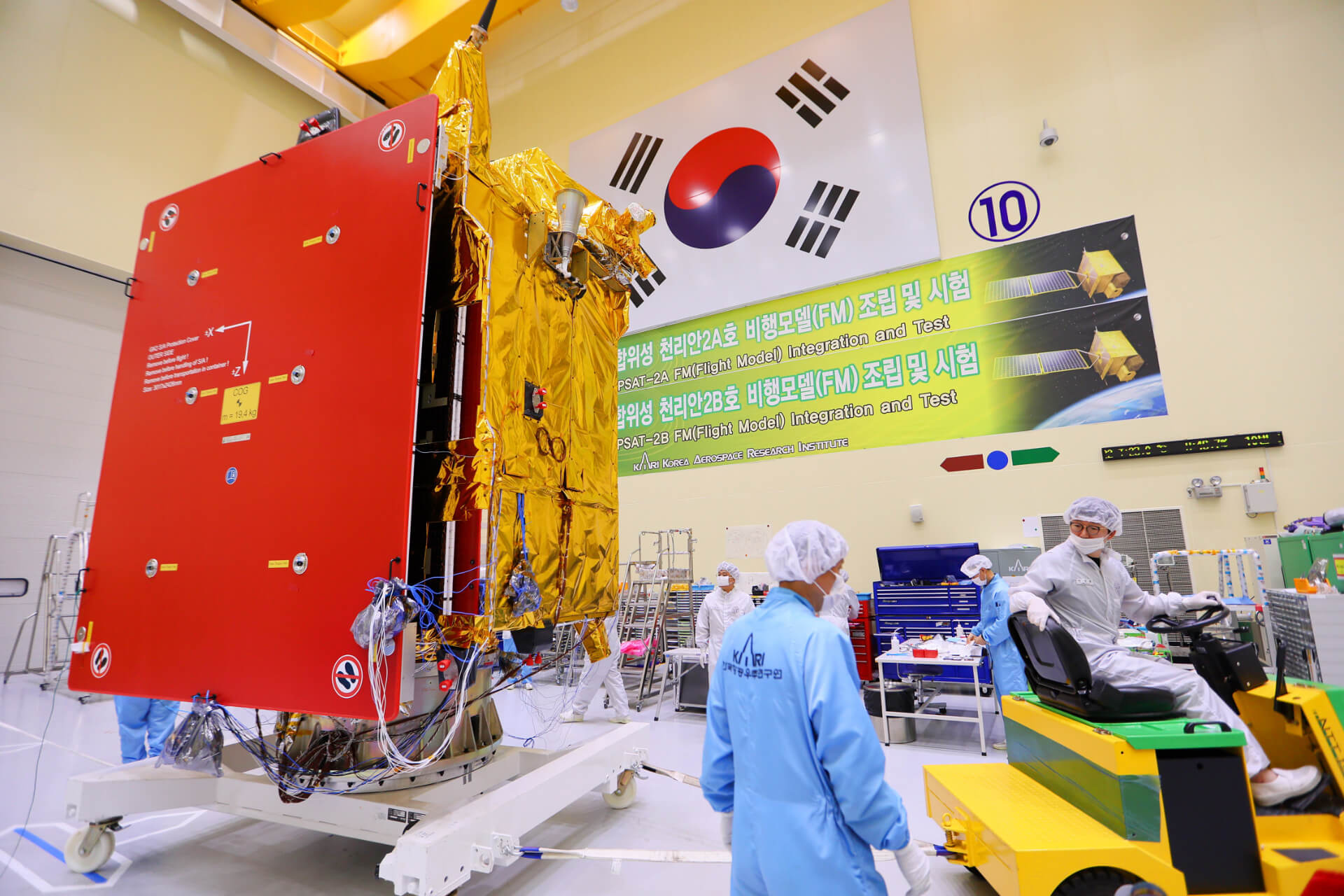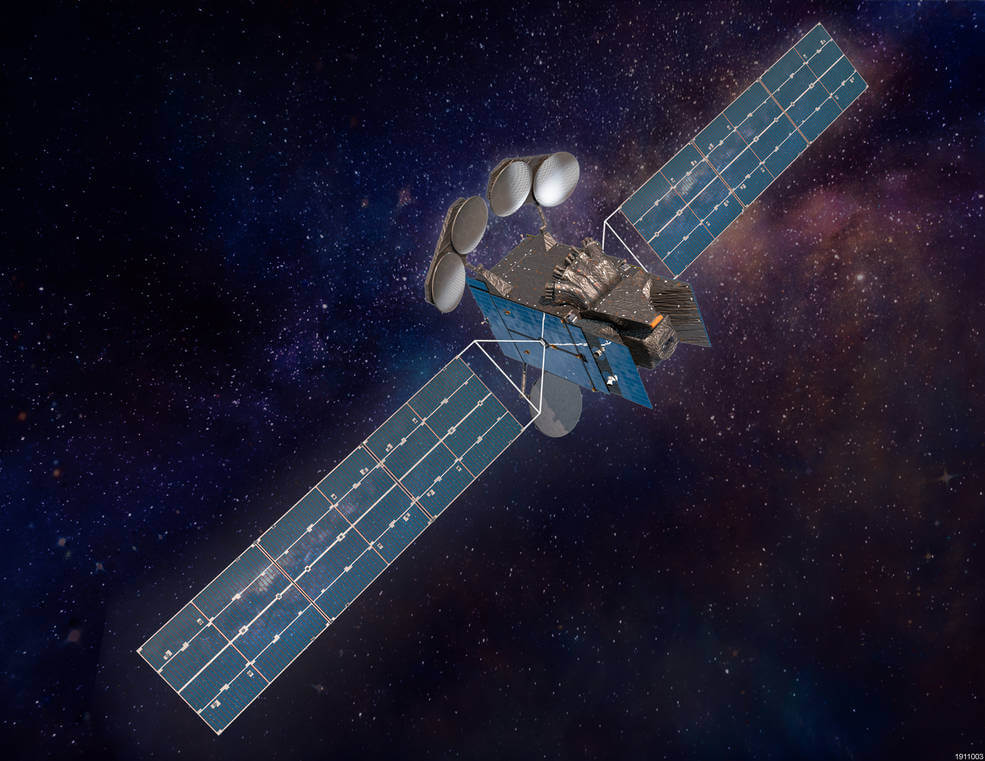In brief: NASA has chosen the Maxar Intelsat 40e geostationary satellite as the host for sending its air pollution sensor into space. The payload will take hourly measurements of atmospheric gases over North America and help in improving air quality forecasting.
NASA says that the Tropospheric Emissions: Monitoring of Pollution (TEMPO) instrument will measure North America's atmosphere quality in unprecedented detail during daylight hours when the payload goes into orbit onboard the Intelsat 40e geostationary communications satellite in 2022.
From 22,236 miles above the Earth's equator, TEMPO will be making hourly measurements of atmospheric gases, including " ozone, nitrogen dioxide and formaldehyde as well as aerosols" across North America. The resulting information will be made publicly available and "help improve air quality forecasting." noted the space agency.
The Air Quality Index (AQI) used in local weather forecasts was also aided by NASA's Earth-observing satellites in August last year when the satellite data was refreshed every three hours. With TEMPO configured for hourly updates, air quality information reaching the public could potentially improve further.

The TEMPO instrument has been developed by Ball Aerospace with Principal Investigator Kelly Chance as the project lead. The device currently resides in storage in Boulder, Colorado, and is "awaiting shipment to Maxar's satellite manufacturing facility in Palo Alto, California."
When it launches sometime in 2022, it will become part of a constellation of instruments covering the Northern Hemisphere, which include the European Space Agency's Sentinel-4 and South Korea's Environment Monitoring Spectrometer onboard the Cheollian Satellite 2B that's set for launch later this month.
